
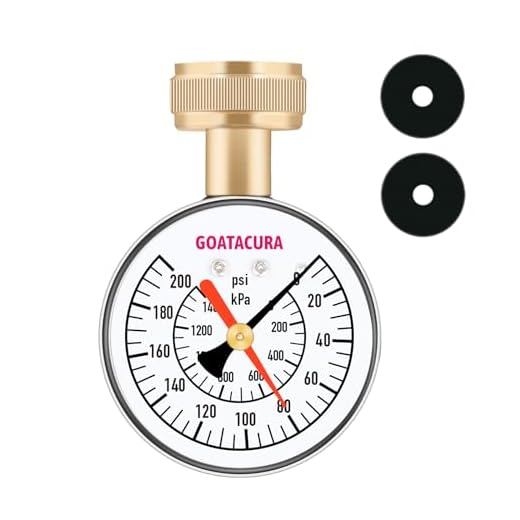


Absolutely, linking a high-pressure cleaner to a sink faucet is feasible, provided you have the right tools. Using a simple adaptor that fits securely onto the faucet, you can create a reliable connection for water supply. Most modern appliances allow for such setups, but not all taps are compatible, so it’s essential to verify the dimensions first.
Pay attention to the water flow rate; a steady supply is crucial for optimal performance. If the faucet’s output is limited, the cleaner may not operate efficiently. I recommend checking the specifications of your device, as certain models may require more pressure than a typical sink can provide.
Before proceeding, ensure the faucet is capable of handling the attached pressure. Some units come with specific guidelines regarding the maximum allowable pressure from domestic water sources. If the pressure is inadequate, you might consider installing a booster pump to enhance flow without compromising system integrity.
Connection Feasibility with a Standard Faucet
I have found that linking high-pressure cleaning equipment to a standard domestic faucet is often less straightforward than one might expect. These fixtures typically have lower flow rates compared to garden outlets, which may lead to inadequate water supply for optimal performance. If the water flow is restricted, the cleaning equipment may not generate sufficient pressure, resulting in subpar cleaning results.
Adapters and Modifications
Utilising the right fittings can facilitate the process. Specific adapters enable compatibility between the hose and the tap. It’s critical to ensure a secure attachment to prevent leaks. Opt for a model that can withstand the higher demands of the appliance.
Water Quality Considerations
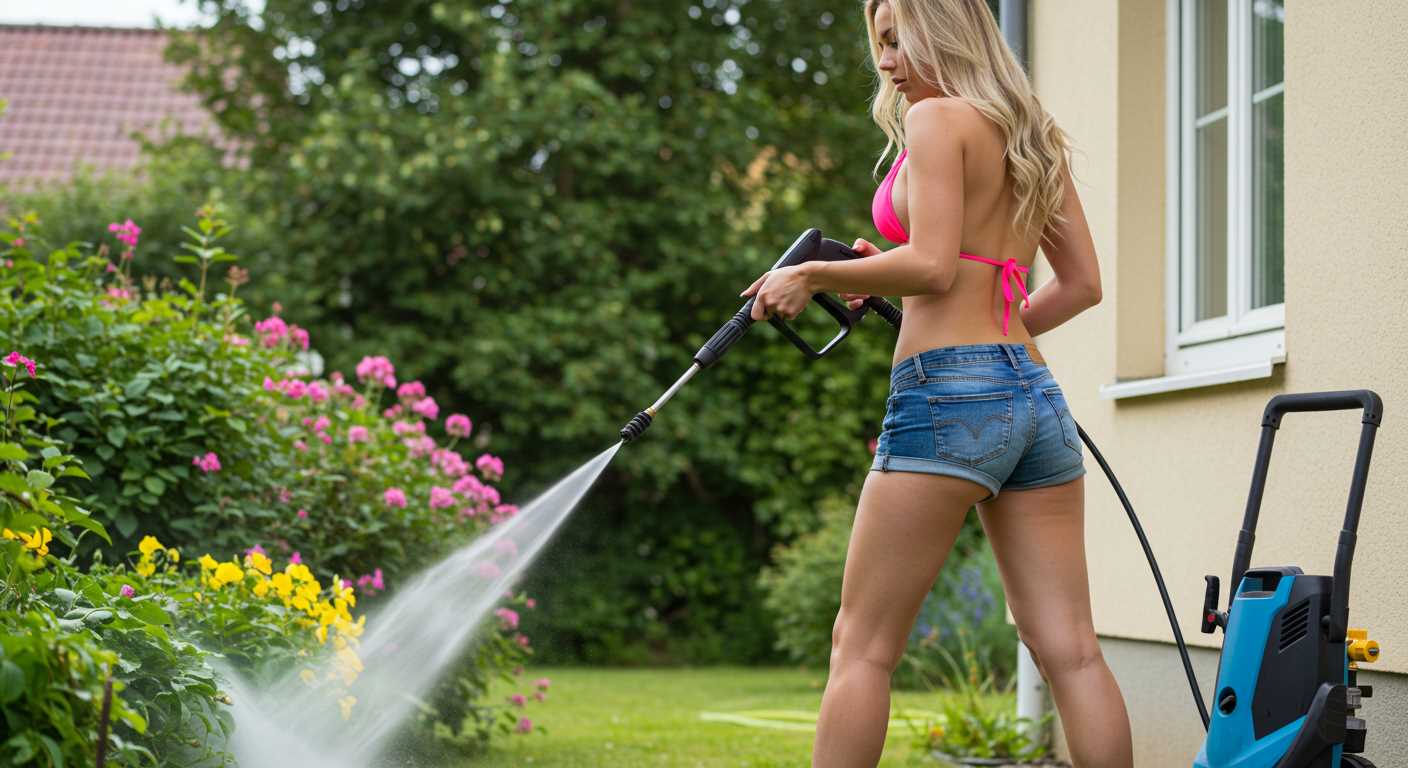
Water quality also plays a significant role. Tap water often contains minerals and chemicals that could affect the internal mechanisms of the equipment over time. Regular maintenance and flushing can mitigate potential damage from impurities.
Checking Water Pressure Requirements for Pressure Washers
Before proceeding with any cleaning task, ensuring adequate water pressure is paramount for optimal functionality of the equipment. Typically, manufacturers specify a minimum water pressure requirement, often ranging from 20 to 100 PSI, depending on the model. I recommend verifying this specification in your user manual to avoid potential damage or poor performance.
Measuring Water Pressure
To assess the available pressure, I suggest using a water pressure gauge. Simply attach the gauge to the tap, and turn on the water to get a reading. If the pressure falls below the required threshold, adjustments may be necessary, such as using a booster pump or sourcing water from a different supply.
Water Flow Rate Considerations
In addition to pressure, flow rate also plays a critical role. Most units require a minimum of 4-5 litres per minute (LPM). To measure flow rate, place a container of known volume under the tap, and time how long it takes to fill the container. Ensure that both pressure and flow rate are sufficient to maintain efficiency during operation.
Understanding both water pressure and flow rate will ensure effective operation, leading to satisfactory cleaning results without damaging the equipment. Adequate preparation is the key to achieving the desired outcome in any cleaning project.
Types of Connectors for Kitchen Taps
For enabling a proper fit between cleaning equipment and household water sources, several connector types are commonly utilised.
| Connector Type | Description |
|---|---|
| 1/2-inch Male Hose Connector | Standard connector compatible with many garden hoses. Often easy to attach to conventional water outlets. |
| 3/4-inch Female Hose Connector | Used for larger fittings; provides a secure connection for more substantial water flow, suitable for devices requiring higher pressure. |
| Universal Adaptor | Flexible option that can fit various thread types. Recommended if uncertain about standard sizes. |
| Quick Release Coupling | Facilitates easy attachment/detachment without tools; ideal for frequent use or switching between devices quickly. |
| Compression Fitting |
For tight seals and durability. Typically used in permanent installations or where a secure connection is necessary. |
To determine the right choice, consider the size and type of your existing outlet. Using the correct connector ensures efficiency and minimises leaks. It’s wise to have a few adaptors on hand to tackle various faucet designs.
Compatibility of Water Cleaning Equipment Hose with Tap Outlets
The compatibility between the hose of water cleaning machinery and tap outlets varies significantly based on the design and specifications of both components. It’s essential to check the diameter of the outlet and compare it with the hose fitting. Typically, hoses designed for residential use have standardised sizes, usually 3/4 inches, but variations do exist.
Assessing Hose Fittings
When considering attachment methods, look for adaptable connectors or adapters that allow for a secure fit. Some hoses come with multiple fittings to accommodate various sizes, while others may require an adapter. Measure both the outlet and the hose to determine the correct adapter type needed for a snug fit. Avoid using excessive force, which can damage the connectors or the outlet itself.
Consideration of Material Compatibility
The material of both the hose and the outlet is critical for ensuring longevity and preventing leaks. Look for rubber or reinforced plastic hoses that withstand pressure and do not wear down quickly. Also, ensure that metal fittings on the hose are compatible with the tap’s material, as this can lead to corrosion or compatibility issues. A secure and leak-proof setup avoids unnecessary water wastage and enhances the efficiency of your cleaning tasks.
Steps to Connect a Pressure Cleaner to a Sink Faucet
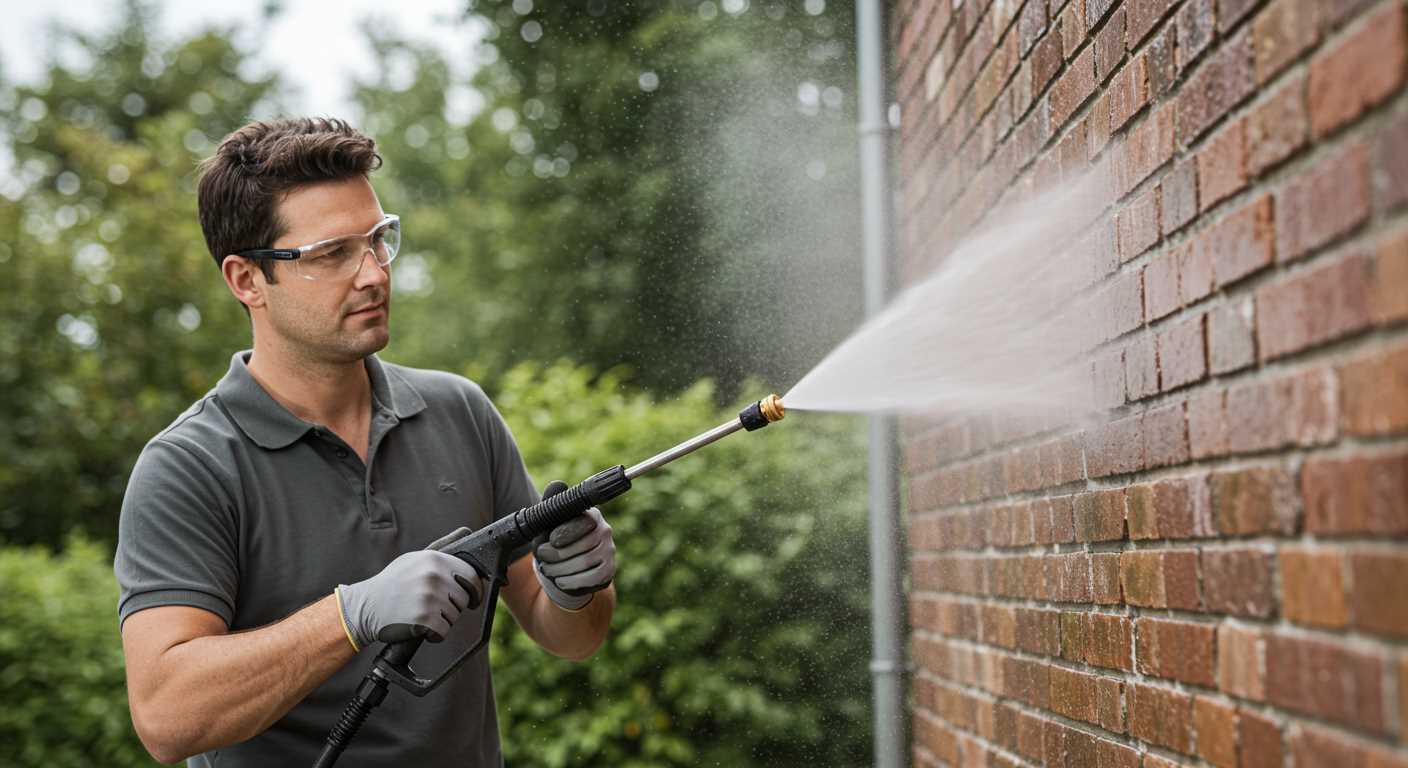
Ensure compatibility with a suitable connector or adapter before proceeding. Gather the following tools: a suitable hose, an adapter for the sink outlet, and an adjustable spanner.
1. Prepare the Sink Outlet
Turn off the water supply to eliminate any spills during installation. Remove the aerator from the faucet. This can usually be done by rotating it counterclockwise; if it’s stuck, use a cloth for grip and apply gentle force.
2. Attach the Adapter
Screw the adapter onto the faucet. Make sure it fits snugly without cross-threading. Ensure that the washer inside the adapter is intact to prevent leaks. Tighten using the spanner, but avoid over-tightening to prevent damage.
Connect the hose from the cleaning device to the other end of the adapter. Ensure a tight fit to avoid disconnections during operation. Before starting, turn on the water supply gradually and check for leaks at the connections. If there are any leaks, tighten the fittings as needed.
Finally, check the manufacturer’s instructions for any specific requirements regarding the water flow rate and pressures to ensure optimal performance of the equipment.
Safety Considerations During Connection and Usage
Always switch off the water supply before attaching any equipment. This reduces the risk of water sprays and accidental leaks during the process.
Inspect the Equipment
Before beginning, check all components for wear or damage. Look for:
- Cracks in hoses
- Loose fittings
- Corrosion or rust
Using Correct Connectors
Ensure the connection tools meet the specifications of both the water source and the cleaning apparatus. Mismatched connectors can lead to breakage or leaks.
Verify that seals are intact to prevent accidental detachment under pressure. It’s advisable to use hose clamps for a secure fit.
Positioning the Equipment
Keep the device on a stable surface to avoid falls. Position it away from the edge of surfaces, ensuring that cables and hoses won’t present tripping hazards.
Water Supply Management
Maintain control of the water flow. Use valves to regulate pressure and avoid overwhelming the system, which can lead to damage.
Personal Protective Gear
Consider wearing gloves, goggles, and durable clothing to protect against any spray or dirt while in use. A face shield may offer additional protection from high-pressure jets.
Regular Maintenance Checks
Post-use, store the tools properly and carry out routine maintenance. Check for any signs of leakage or wear. Regular servicing can prevent issues during future tasks.
By adhering to these guidelines, the risks associated with operating high-pressure cleaning devices can be significantly reduced, ensuring a safer and more effective experience.
Potential Risks of Using a Kitchen Tap for Pressure Washing
Attaching high-pressure cleaning equipment to a domestic faucet can lead to several risks, which need careful consideration before proceeding.
Water Supply Issues
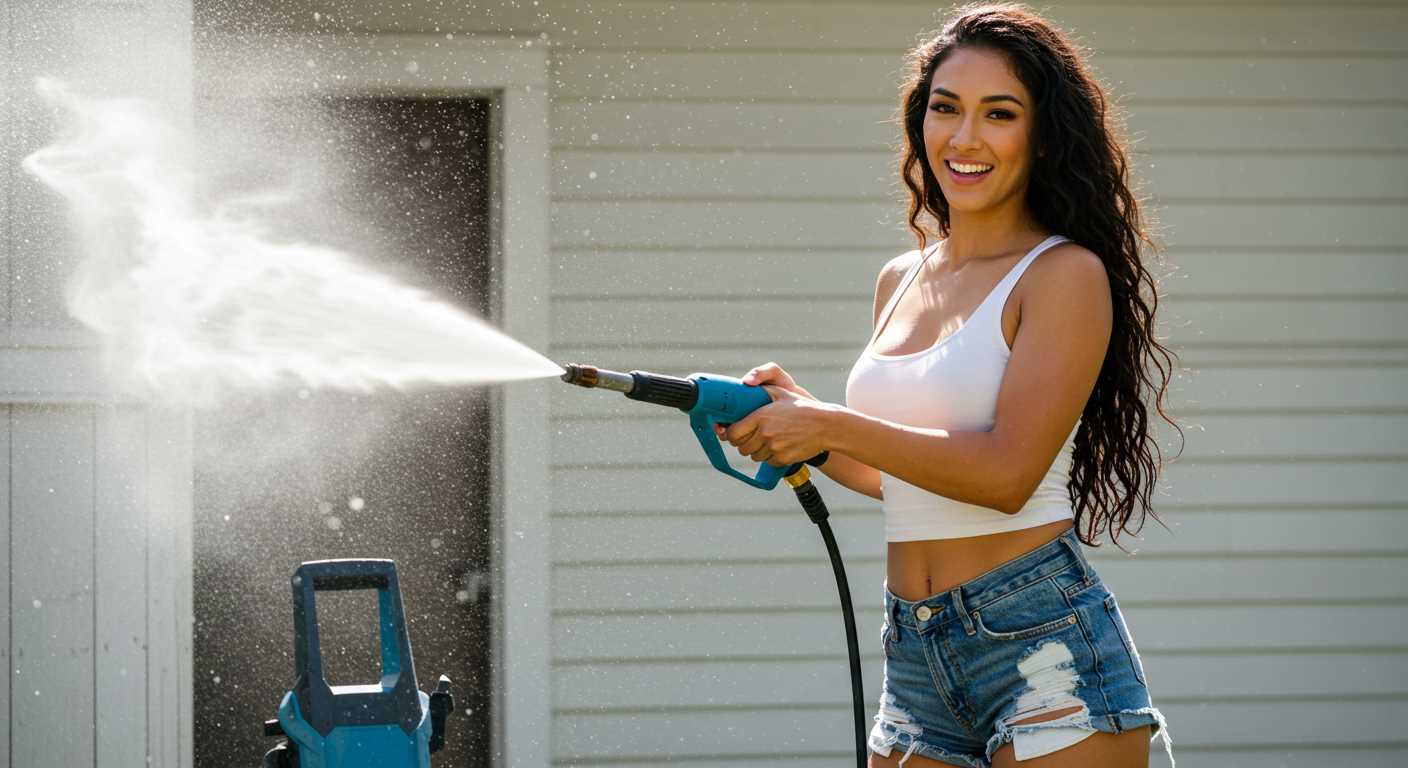
- Domestic taps often lack the robust water flow required by high-performance machines, resulting in inadequate functionality and potential damage to components.
- Overuse of the household water supply may lead to unintended shortages for regular domestic tasks, creating inconveniences for residents.
Physical Damage
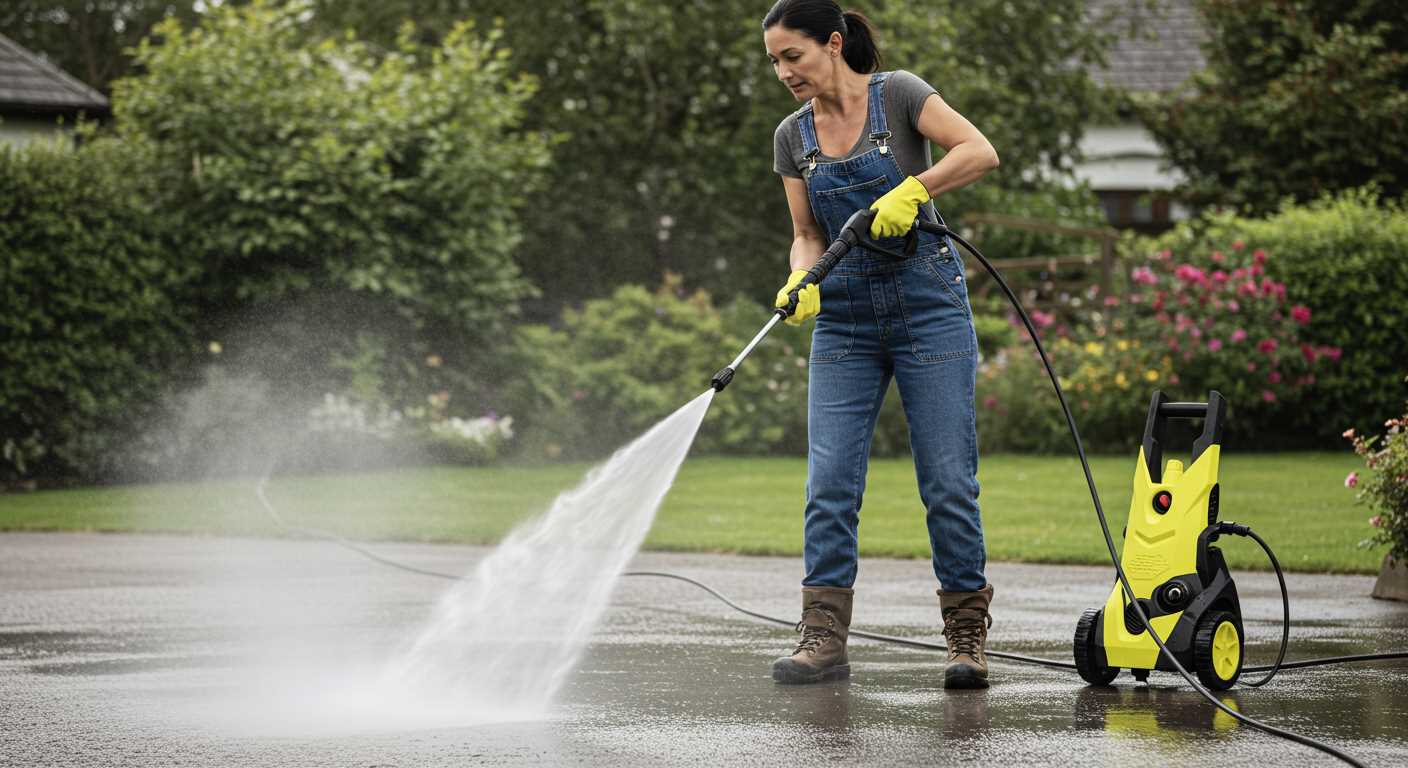
- Excessive force from equipment can cause physical strain on plumbing fixtures, leading to leaks or breakage.
- Connection points that are not compatible or securely attached may detach during operation, posing safety hazards and risking personal injury.
Considering the above points, it is advisable to assess both the plumbing infrastructure and the demands of the cleaning equipment before attempting to use a standard faucet for such activities. Proper precautions and suitability checks can mitigate many of these risks.
Alternative Water Sources for Pressure Washers
Rainwater harvesting systems offer an eco-friendly solution for sourcing water. By installing a rain barrel or tank, you can collect rain and use it for outdoor cleaning tasks. Ensure the collected water is filtered to remove debris before use to avoid clogging or damage.
A garden hose connected to a standard outdoor faucet can also serve as a viable option. With the right connection accessories, this method allows for sufficient flow rates without the need for intricate setups. Always verify the flow rate meets the requirements of the equipment.
Swimming pools are another unconventional source. If properly filtered and treated, water from a pool can be repurposed for cleaning purposes. Use a submersible pump to draw water, ensuring compatibility with equipment specifications to prevent malfunctions.
For those with access to wells, utilising well water can provide a plentiful supply. However, it’s important to check the water quality and pressure to avoid potential issues during operation.
Lastly, water from a hot water tank can be beneficial, especially for tasks requiring higher temperatures. Ensure the temperature is within the recommended range for your equipment to prevent any damage from excessive heat.







